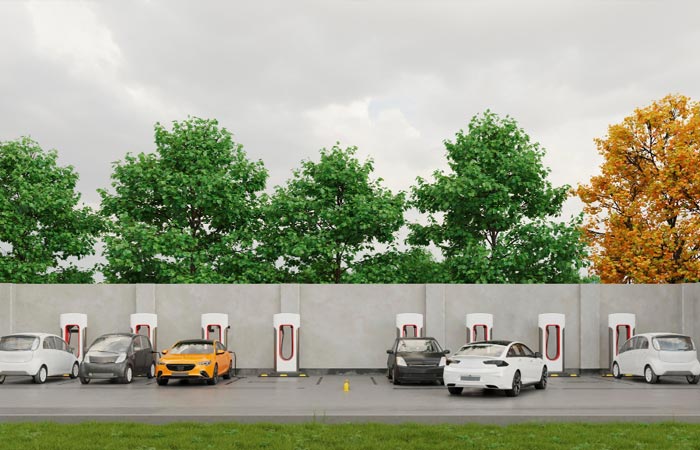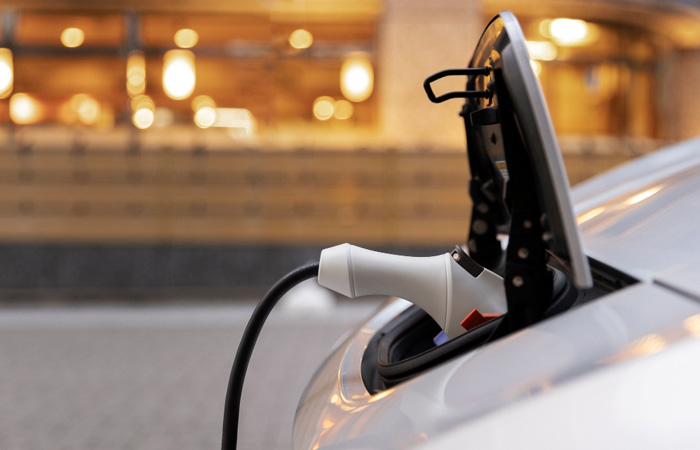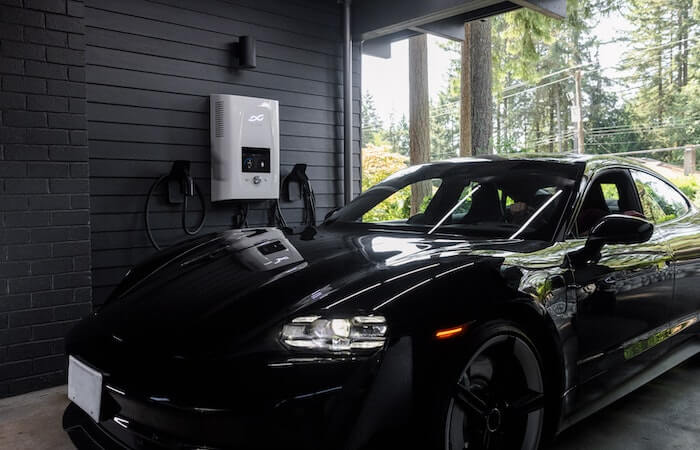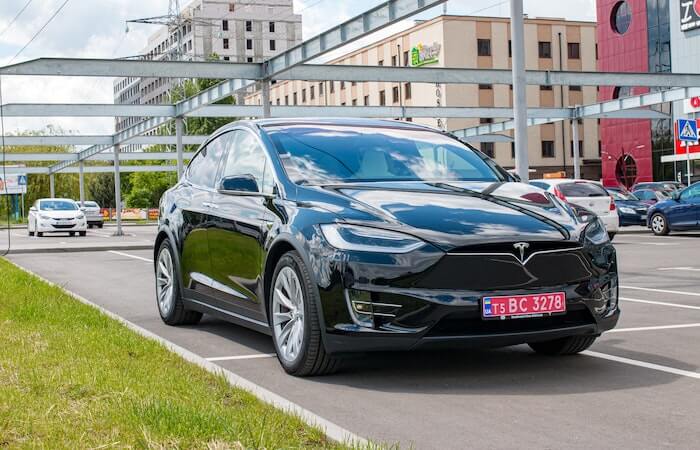The electric vehicle industry is gaining increased attention. It provides an important tool for reducing greenhouse gas emissions and improving air quality. However, there are several hurdles that the industry must still overcome to achieve widespread adoption.

These include:
High upfront costs
Even with government incentives and subsidies, EVs are still significantly more expensive than traditional gasoline-powered cars. This can be a barrier to entry for many consumers because of cost. The electric vehicle industry will need to address the initial cost of an EV because it can be up to twice that of a comparable gas-powered vehicle.
Limited driving range
The majority of EVs currently on the market have a limited driving range. Primarily, this is due to their battery size and capacity. This can be a concern for drivers who frequently travel long distances. They may need to charge more frequently than with a gas-powered vehicle.
Limited charging infrastructure
As more people switch to EVs, the electric vehicle industry needs to look at an increase in charging infrastructure. There needs to be sufficient available to meet the needs of EV drivers. This includes both private and public charging stations. It also includes improved grid infrastructure to support the increased demand for electricity from EVs.
Battery degradation
All batteries degrade over time, and this is especially true with the batteries in electric vehicles. As the battery degrades, so does its range and performance, leading to higher ownership costs over time. This can be a deterrent for some potential EV owners.
Electric Vehicle Industry: The Opportunities
Despite these challenges, there are also many opportunities for the electric vehicle industry to grow and thrive in the coming years. Some of these opportunities include:
- Government incentives: Governments worldwide offer various types of incentives to promote EV purchases. These include tax credits, reduced registration fees, and utility rate reductions. These measures can help make EV ownership more affordable for consumers.
- Increasing driving range: Technological advances have yielded EVs with longer driving ranges. This removes a major barrier to adoption for many consumers. This trend should continue, with some manufacturers offering EVs with ranges of up to 400 miles (644 km) on a single charge.
- Expanding charging infrastructure: Governments and private companies are investing in the expansion of EV charging infrastructure, both at public locations such as parking lots and highway rest stops and at private residences.
- Cost reduction: As the market for EVs grows, economies of scale should drive down the cost of EV production, making them more affordable to a wider range of consumers.
- Innovation and new business models: The emergence of electric vehicles is also leading to the development of new business models such as car-sharing, ride-hailing, and fleet management services.
Electric Vehicle Industry: In A Nutshell
While challenges are associated with transitioning to EVs, they can be overcome with greater investment in infrastructure and technology. This will make electric vehicles an attractive option for consumers and unlock the potential for this industry to become a major driver of economic growth in the coming years. Moreover, significant progress has already been made in making electric vehicles more affordable and accessible, with governments around the world offering incentives to promote EV adoption. With continued innovation and investment in infrastructure, EVs are poised to become an integral part of the transportation system in the not-too-distant future.









